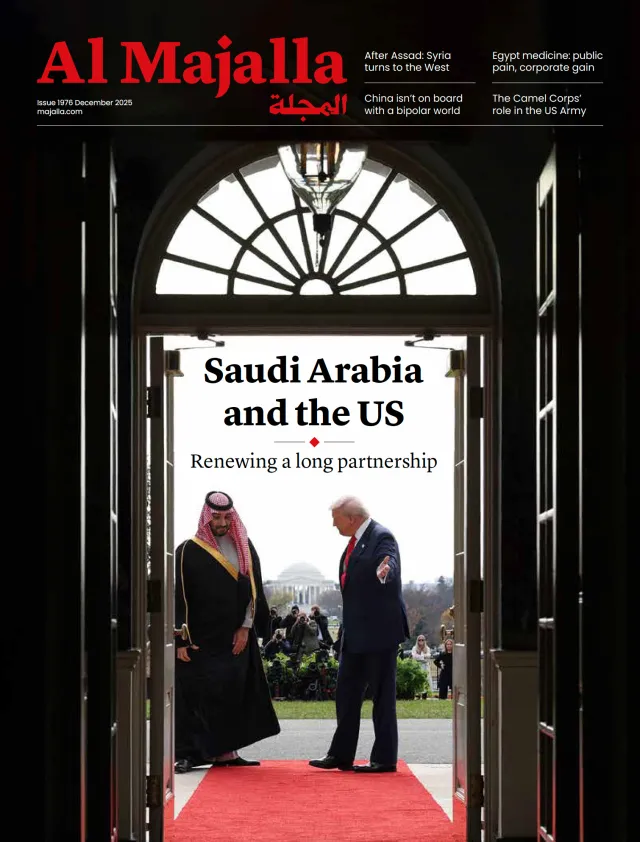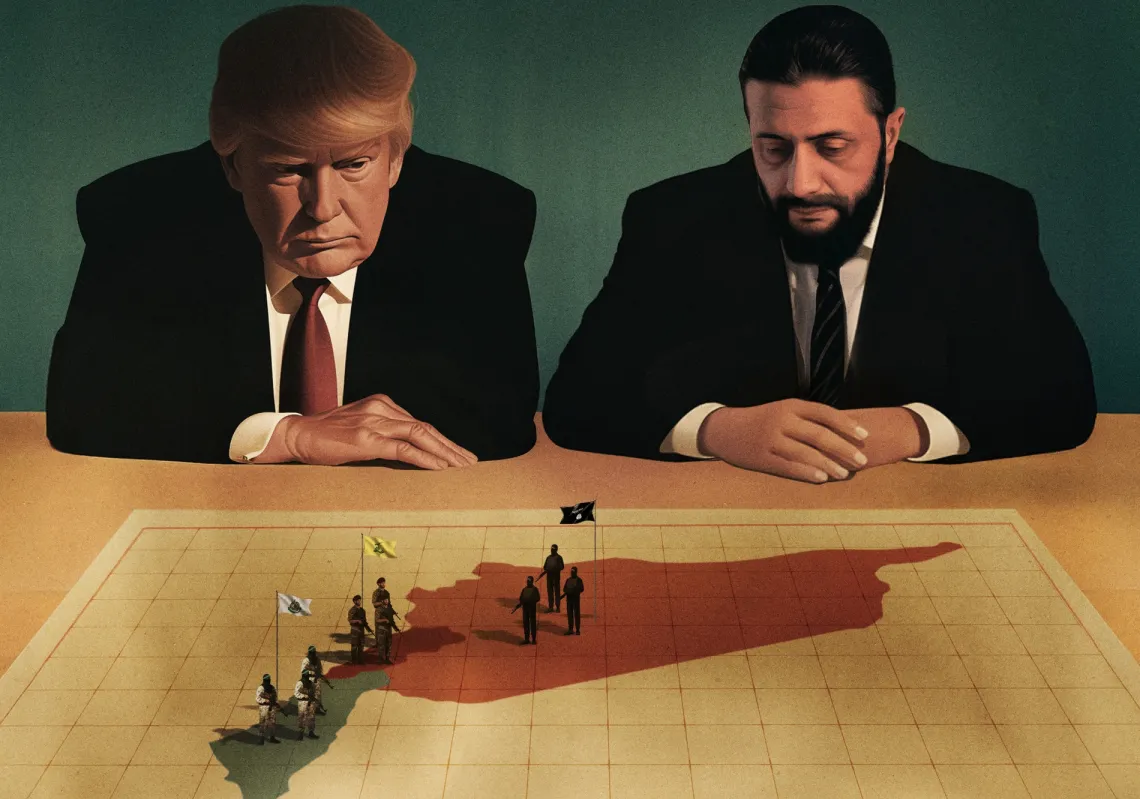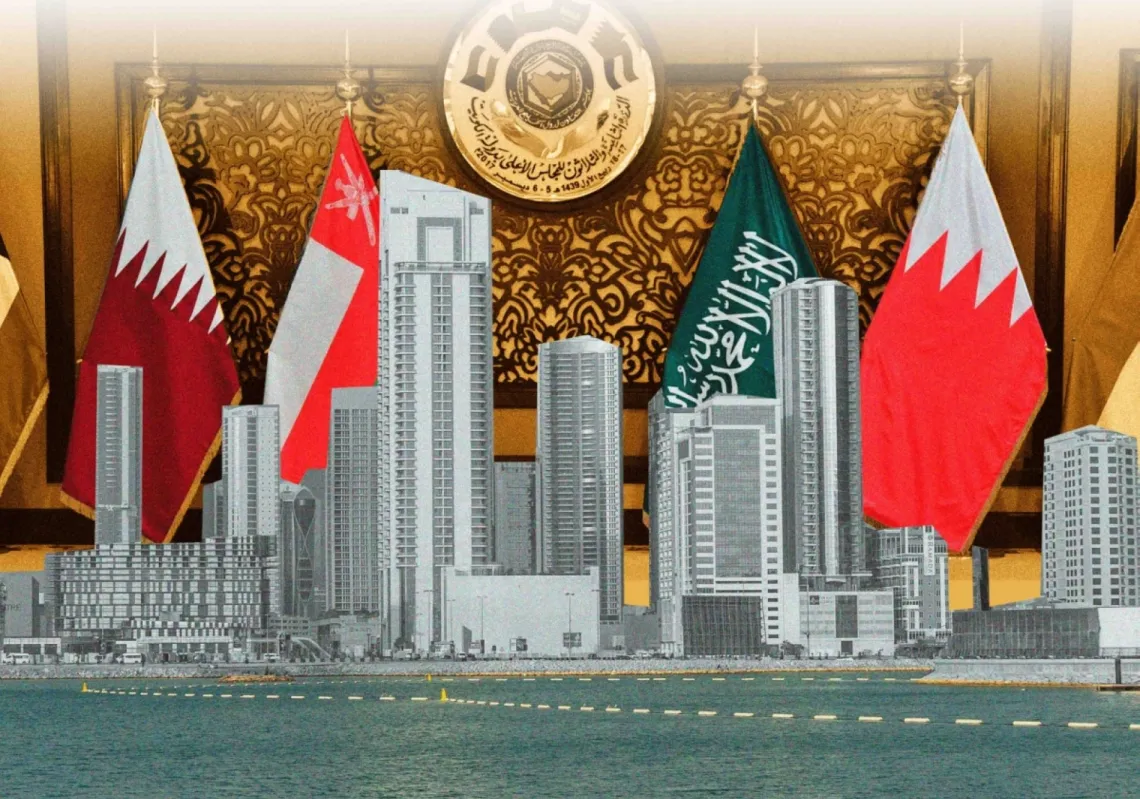A 90-day pause on global tariffs (except for China) has brought some relief to countries, but the situation remains extremely volatile. After the three months, tariffs may or may not be reintroduced, but what is clear is that states must prepare for the worst. Now is not the time to
Before the pause, foreign leaders and trade ministers expressed surprise, regret, dismay, and betrayal over Trump's tariffs. Not only did they go far beyond market expectations, but they also seem to have targeted US partners and allies most acutely.
Countries must now formulate response plans based on their national interests while also taking into account factors such as overall relations with the United States, obligations under the World Trade Organisation (WTO), shifting supply chains, areas of potential negotiating leverage, and fears of further US retaliation.
China has moved quickly down the retaliation route. Other countries, such as Vietnam, have signaled the possibility of unilateral tariff cuts and a strong interest in negotiation. The European Union is also talking about the need to reach a fair deal while noting that it is prepared to retaliate should negotiations fail.
There is no one-size-fits-all approach for countries to respond to Trump’s tariffs. Instead, drawing on my nearly three decades as a negotiator in the Office of the US Trade Representative, I can point to a menu of realistic options that countries can pursue in the short term, separately or in tandem.
Over the longer term, however, countries will need to give serious thought to how to make themselves less vulnerable to shifting policies.
Explain, complain, and enlighten
As is now well known, Trump seems to have relied on a simplistic formula that had more to do with trade deficits than duties for identifying the tariff rates that other countries supposedly charged the United States—and on the basis of which he is retaliating. The White House divided US trade deficits (in goods, not services) by imports from a particular country. This is, of course, hardly an accurate means of arriving at a tariff.
Beyond the obvious inaccuracies, many economies will feel like they were not given ample credit for recent actions that they have taken to address Washington’s concerns. These steps include unilaterally lowering tariffs on certain goods, as India and Israel have done; significantly expanding their manufacturing investments in the United States, as Japan, Korea, and Taiwan have done; and working closely with the United States to counter unfair Chinese trade measures, as Australia and Canada have done.
Countries with prior free trade agreements with the United States feel particularly mistreated given the close economic relationship and increased two-way trade and investment that have come about as a result of those deals. Some of these aggrieved countries may first pursue a strategy of sending high-level officials to Washington to try to explain their special status and seek more favourable treatment. It’s unclear how far they may get, particularly if their words are not backed up with additional actions and announcements.

















